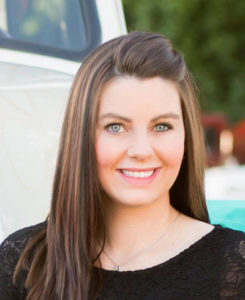

When she is at work, her staff knows the practice must run on all cylinders for maximum efficiency. During the hours when she’s not there, employees still take their work seriously, but the pace is more relaxed. She credits her husband’s support, and she ekes out found minutes. Here are some of her habits.
Get up early. “I am up at 4:30 a.m., and the kids don’t get up until 6:30 or 7, so I have that time to do my own workout, my personal development and clean up the house. If I didn’t take that time to take care of myself and my family, I would drown.” Use commuting time wisely. Dr. Dunn drives 45 minutes to work, so she considers that 90 minutes a day where she can schedule conference calls. “I don’t take lunch but I eat between patients or when I’m charting,” she says.


Chart smart. “I want to focus on the patient when I’m in the exam room, so I’ll chart just enough to be able to finish the charting later. I want to be present in the moment, and I find time in between patients to finish the charting.”
Prioritize your list. Dr. Dunn starts every day with a fresh to-do list. On it, she prioritizes the top five things that day. “I don’t want to have to rewrite those items on the top of the next day’s list again, so it’s motivation to get them done.” Then new items can filter up to one of the top five spots. She notes that some bigger tasks do need to stay on the list for a while, but having them there reminds her to get them done sooner rather than later.
Keep important things close. “I’m a bag lady. I carry my computer, my list and my materials for lectures with me in a bag at all times. I pull out my list and put it next to my computer. I try not to pull it out at home until after the children are in bed,” she says. Having created those priorities reminds her not to do something easier when she can scratch a big item off the list.
Build relationships. “Learn and listen. Constantly look for people in industry, in the profession and in your community who can bring new ideas and connections,” she says.




